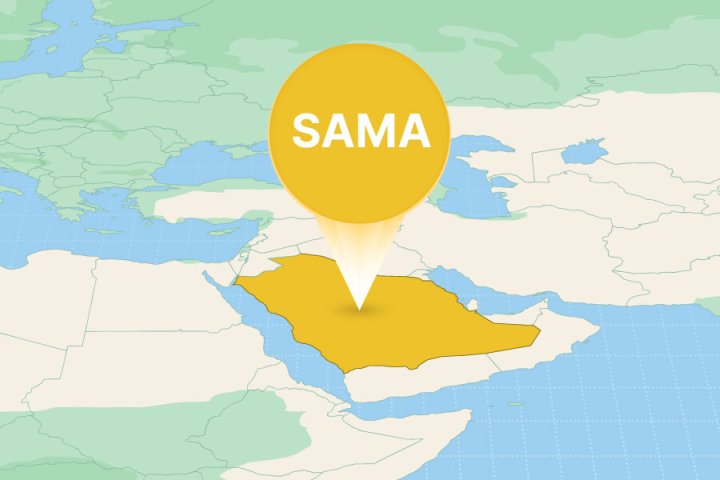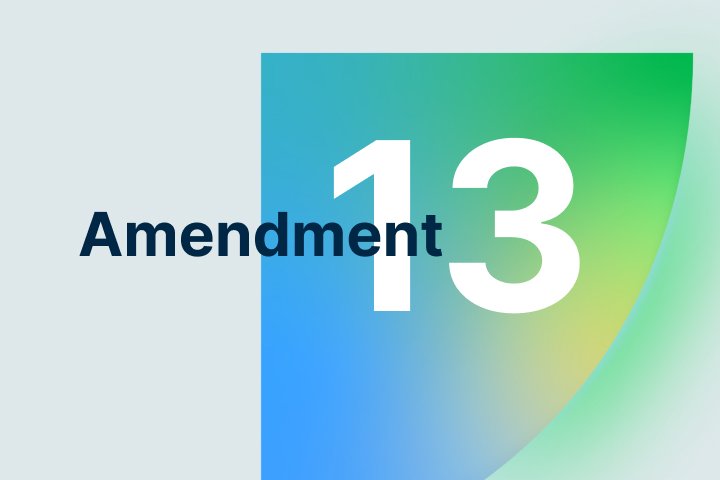The SOC 2 is a US-based framework, and though not mandatory, it greatly helps protect customer data, enhances trust, competitiveness, and legal compliance.
In this article, we aim to provide you with clear, concise, and actionable guidance to get you started with your SOC 2 compliance efforts. We'll delve into the essentials: what SOC 2 is, why it matters, and, most importantly, what steps you need to take if you want to get a SOC 2 report for your organization. Along the way, we'll also shed light on common pitfalls to avoid making your journey as smooth as possible.
So, whether your organization operates in healthcare, finance, education, manufacturing, or beyond, let’s get straight to the good stuff.
What is SOC 2 and what are the two types of SOC 2 reports?
SOC 2, short for Service Organization Control 2, is a compliance framework – not a law – developed by the AICPA (American Institute of Certified Public Accountants) to assess how service organizations process and protect customer data. Essentially, it provides a set of standards and guidelines for service providers to follow when handling sensitive customer information.
Service organizations undergo a rigorous audit conducted by an independent third party to assess their adherence to SOC 2’s criteria. If they successfully complete it, they receive a SOC 2 report that assures their customers of the organization's commitment to safeguarding their data.
There are two types of SOC 2 reports that your organization can strive for:
SOC 2 Type I
This audit evaluates an organization's systems and controls at a specific point in time. It confirms that the service provider's systems and procedures are designed effectively to meet the criteria set forth by the SOC 2 framework in that particular moment.
SOC 2 Type II
Type II involves a more comprehensive evaluation of an organization's systems and controls over a specified period, typically a minimum of six months. It involves a more rigorous auditing process, requires the demonstration of the operational effectiveness of controls, and provides a more detailed insight into the consistency and reliability of the controls assessed.
The purpose of SOC 2
The primary purpose of SOC 2 is to assure clients, partners, and stakeholders that a service organization has implemented effective controls to protect customer data. By undergoing an independent SOC 2 audit and receiving an attestation report, organizations demonstrate their commitment to security, availability, and confidentiality based on the AICPA’s Trust Services Criteria.
SOC 2 compliance is structured around five Trust Services Criteria (TSC):
- Security: The foundational criterion (and the only required one). Ensures that systems are protected against unauthorized access, both physical and logical.
- Availability: Confirms that systems are available for operation and use as committed or agreed, supporting reliability and performance obligations.
- Processing integrity: Ensures that system processing is complete, valid, accurate, timely, and authorized.
- Confidentiality: Protects information designated as confidential from unauthorized access and disclosure.
- Privacy: Addresses the collection, use, retention, disclosure, and disposal of personal information in accordance with an organization’s privacy policy and applicable regulations.
Scope: Who should comply with SOC 2?
SOC 2 is a U.S.-based standard developed by the AICPA, but its relevance extends well beyond the United States. Any service organization that stores, processes, or transmits customer data—particularly in the cloud—can benefit from SOC 2 compliance. While it is not legally required, SOC 2 has become a widely recognized benchmark for data security and operational integrity, especially among U.S. enterprises and regulated industries. As a result, organizations around the world pursue SOC 2 attestation to build trust with clients and gain a competitive edge.
Here's a breakdown of who should be concerned about SOC 2 compliance:
Service organizations: This includes companies that offer services such as cloud computing, data hosting, software as a service (SaaS), and managed IT services. Financial institutions, healthcare providers, legal firms, and educational institutions will also benefit from SOC 2, since they all hold significant amounts of personal and sensitive data.
Data centres: Data centres store and manage data for various organizations. They must adhere to SOC 2 standards, especially in the context of data security and availability.
Third-party vendors and contractors: Organizations that engage third-party vendors or contractors to handle customer data should ensure that these partners are SOC 2 compliant, too. This helps maintain data security throughout the supply chain.
International companies: International companies that serve US clients or process US customer data may also find SOC 2 compliance useful. Speaking of which…
Is SOC 2 Compliance Useful for Organizations Outside the U.S.?
Yes — while SOC 2 is a U.S.-developed standard, its value is global. Many multinational companies require their service providers to meet SOC 2 standards regardless of where they operate. For organizations outside the U.S., complying with SOC 2 can open the door to a broader client base and signal a strong commitment to data security.
SOC 2 compliance can also be a competitive differentiator. It demonstrates that an organization takes customer data protection seriously — a key factor in client trust and purchasing decisions.
Moreover, data breaches and cyber threats are global challenges. SOC 2 helps organizations worldwide strengthen their internal controls, reduce security risks, and prepare for incidents that could have significant financial and reputational impact.
Finally, while SOC 2 is not legally mandated, it aligns with many global data protection principles — including GDPR in Europe or HIPAA in the United States. Pursuing SOC 2 compliance can support broader regulatory readiness, no matter where your business is based.
Comparing SOC 2 and ISO 27001: Are they similar?
SOC 2 and ISO 27001 are two well-established frameworks that address information security and data protection. While they share some similarities, they also have distinct characteristics that make them suitable for different purposes.
Further reading: What is ISO 27001?
Whether an organization should comply with both SOC 2 and ISO 27001 depends on its unique circumstances, industry requirements, and geographic reach. While both standards aim to enhance information security, they offer flexibility for organizations to choose the one(s) that best align with their goals and priorities.
Some organizations, especially large service providers with global operations, may choose to comply with both standards for a more comprehensive approach to information security.
On the other hand, depending on their business model, some organizations may find one framework more aligned with their specific needs. For example, a service provider may prioritize SOC 2, while a manufacturing company may lean toward ISO 27001. Another consideration might be that organizations with a primarily regional or localized presence may not see the need to pursue global standards like ISO 27001.
Let's explore the key similarities and differences between
SCO 2 and ISO 27001:
SIMILARITIES
- Focus
Both SOC 2 and ISO 27001 place a strong emphasis on information security and data protection. - Risk-based approach
Both frameworks require organizations to identify and assess risks to their information assets and implement controls to mitigate those risks effectively. - Independent audits
Complying with SOC 2 and ISO 27001 both involve independent third-party audits or assessments. - Just a recommendation
Neither the SOC 2 or ISO 27001 are laws, so compliance is not mandatory. It does, however, demonstrate an organization's commitment to information security and can help build trust with clients and partners.
DIFFERENCES
- Scope
- SOC 2: Primarily designed for service organizations.
- ISO 27001: Applicable to organizations of all types and sizes, it addresses a broader range of information security aspects and can be customized to suit the organization's specific needs.
- Certification vs. report
- SOC 2: Results in the issuance of a SOC 2 report, which provides information about the effectiveness of controls related to customer data but does not grant certification.
- ISO 27001: Offers formal certification. ISO 27001 certification is recognized globally.
- Geographic focus
- SOC 2: Originated in the United States but has global applicability. It is often chosen by US service providers.
- ISO 27001: An international standard that is widely recognized and adopted globally.
Getting started on your SOC 2 compliance journey
Complying with SOC 2 is a significant commitment to data security and privacy, and it requires careful planning and execution. Remember that SOC 2 compliance is a journey, not a one-time event. It requires dedication, collaboration, and ongoing commitment.
Here's a step-by-step guideline to help you navigate the process effectively:
Understand the basics
- Begin by gaining an understanding of what SOC 2 is, its significance, and how it aligns with your organization's goals and objectives.
- Familiarize yourself with the five criteria: security, availability, processing integrity, confidentiality, and privacy.
Define scope
- Determine the scope of your SOC 2 compliance effort. Identify the systems, processes, and locations within your organization that will be covered by the compliance framework.
Risk assessment
- Conduct a risk assessment to identify potential threats and vulnerabilities related to customer data. This step will be fundamental for tailoring your controls effectively.
Select trust services criteria
- Based on your risk assessment, decide which of the five trust services criteria are most relevant to your organization. You may need to address all of them or focus on specific ones.
Develop and implement controls
- Design and implement controls and policies that address the selected trust services criteria. These controls should mitigate the risks you identified in your risk assessment.
- Ensure that your controls align with industry best practices and the specific requirements of SOC 2.
Documentation
- Document your policies, procedures, and control measures meticulously. This documentation will serve as evidence during the audit process.
Employee training
- Train your employees on data security best practices and the specific controls and policies you've put in place. Employee awareness and compliance are critical components of SOC 2.
Engage an auditor
- Select a qualified independent auditor or audit firm experienced in SOC 2 assessments. Discuss your compliance goals and scope with them.
Gap analysis
- Work closely with your auditor to perform a gap analysis comparing your controls to the selected trust services criteria ahead of your formal assessment. Address any identified gaps.
Remediation
- Implement changes to your controls to bring them up to par with SOC 2 requirements. Make sure that your documentation reflects these changes.
Type I or Type II
- Decide whether you will pursue a Type I or Type II audit. A Type I audit assesses the design of controls, while a Type II audit is more rigorous and evaluates the effectiveness of controls over a specified period.
SOC 2 audit
- Your chosen auditor will conduct the SOC 2 audit. Be prepared to provide evidence of your controls' effectiveness and compliance.
Receive SOC 2 report
- Once the audit is complete, your auditor will issue a SOC 2 report. Share this report with clients, partners, and stakeholders as needed to demonstrate your compliance.
Continuous monitoring
- SOC 2 compliance is an ongoing process. Reports are only valid for 1 year, so you will need to repeat the audit process annually to maintain your status. Continuously monitor your controls, update policies as necessary, and perform regular risk assessments.
SOC 2 certification is a prestigious achievement in the world of data security and privacy. It signifies an organization's commitment to safeguarding customer data and adherence to stringent controls and standards, so the effort you put into getting a SOC 2 report is worth it.
Common pitfalls to avoid in SOC 2 compliance
In this section, we'll discuss some of the common mistakes organizations often encounter during their SOC 2 compliance efforts and provide practical tips on how to avoid them.
Underestimating risk assessment
- Pitfall: Neglecting a comprehensive risk assessment can result in inadequately designed controls that do not address the organization's actual vulnerabilities.
- Tip: Prioritize a thorough risk assessment to identify and prioritize risks to tailor your controls effectively.
Insufficient documentation
- Pitfall: Inadequate documentation of policies, procedures, and control measures will make it challenging to prove compliance during the audit.
- Tip: Maintain meticulous documentation from the start. Create clear and concise records of all control-related activities and updates.
Neglecting employee training
- Pitfall: Overlooking the importance of training employees on data security and compliance can lead to oversights and compliance failures.
- Tip: Implement a training program for your staff. Ensure that everyone understands their roles and responsibilities in maintaining compliance. This needs to be an ongoing effort.
Inadequate vendor management
- Pitfall: Failing to assess the compliance of third-party vendors and suppliers can introduce security risks that affect your own compliance.
- Tip: Establish a vendor management program to assess the compliance of 3rd Ensure that they meet the necessary security and privacy standards.
Rushing the audit preparation
- Pitfall: Attempting to rush audit preparation can lead to incomplete controls and documentation, which may result in audit findings, ultimately slowing down the entire process.
- Tip: Allocate adequate time for audit preparation and accept that it can take months.
Insufficient monitoring and testing
- Pitfall: Don’t stop your data security efforts when you get your SOC 2 report. Without continuous monitoring, you could leave your organization vulnerable to changing threats and evolving risks.
- Tip: Implement a robust monitoring and testing program to ensure that your controls remain effective over time. Regularly assess and update your controls as needed.
Benefits of SOC 2 compliance

Competitive advantage
SOC 2 compliance can serve as a competitive differentiator, as it demonstrates an organization's commitment to data security and privacy. Since it’s not a law and it isn’t mandatory, getting a SOC 2 certification means an organization took proactive steps to elevate its data security practices, which will be perceived as a positive thing by customers.
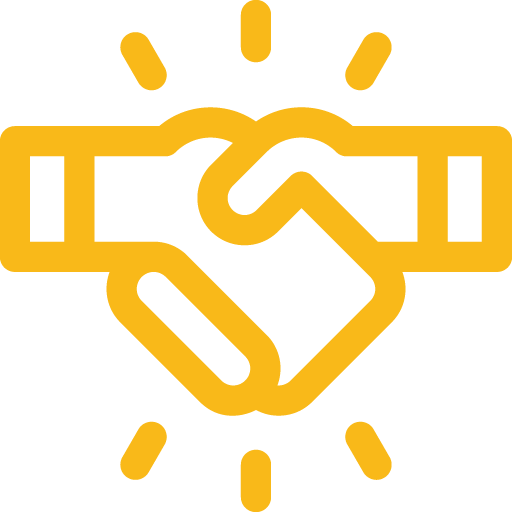
Increased trust
Clients and partners are more likely to trust service providers who have undergone a SOC 2 audit, as it provides assurance regarding data protection.
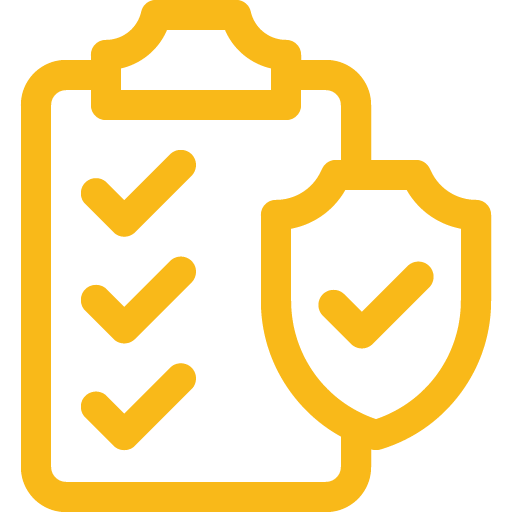
Legal and regulatory compliance
SOC 2 compliance helps organizations align with various legal and regulatory requirements related to data security and privacy.
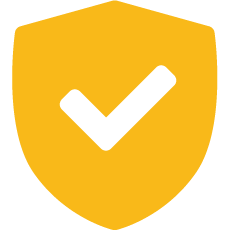
Risk mitigation
By identifying and addressing potential risks, SOC 2 compliance helps reduce the likelihood of data breaches.
How Safetica can make a real difference in SOC 2 compliance
Now that you understand the significance of SOC 2 compliance and its potential benefits for your organization, you may be wondering how Safetica can help you on your journey towards achieving SOC 2 certification.
Safetica’s robust suite of data protection and security solutions is designed to align seamlessly with the SOC 2 criteria, making the compliance process smoother and more efficient.
Here's how SafeticaSupports SOC 2 Compliance:
- Data protection: Safetica’s advanced Data Loss Prevention (DLP) capabilities help prevent unauthorized access, sharing, or leakage of sensitive data—core requirements under SOC 2’s Security and Confidentiality trust principles.
- Monitoring and reporting: Safetica delivers real-time monitoring and alerting, along with detailed reporting tools that support ongoing oversight. This continuous visibility helps you detect risky behavior, respond quickly to incidents, and generate evidence for auditors and stakeholders.
- Risk Assessment: Our platform enables thorough risk assessments by identifying data vulnerabilities and insider threats. Proactively addressing these risks strengthens your Processing Integrity controls and reduces the likelihood of data breaches.
- Documentation: Safetica helps you maintain detailed records of policies, procedures, and controls—critical documentation required during a SOC 2 audit. Clear reporting and audit trails streamline compliance efforts and demonstrate accountability.
- Continuous monitoring: Safetica supports regular review and tuning of security controls, ensuring they remain effective as risks evolve. This continuous improvement aligns with SOC 2’s emphasis on maintaining and validating the reliability of internal systems over time.
Contact us today to learn more about how Safetica can support your SOC 2 compliance efforts and help you achieve your data security goals.
Next articles
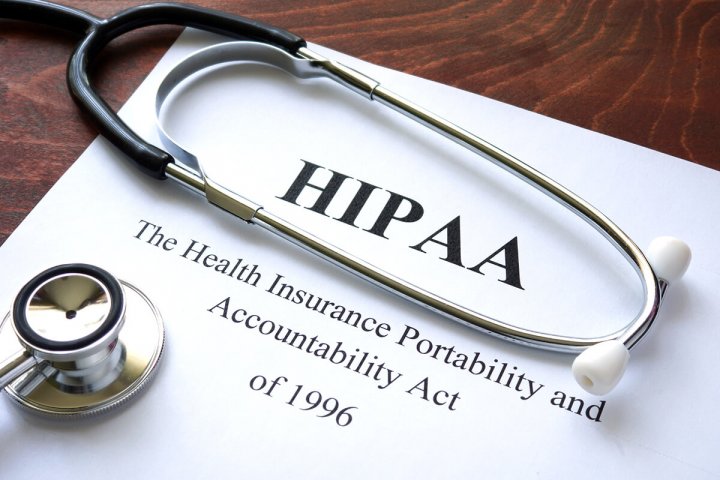
What is HIPAA? The Scope, Purpose and How to Comply
HIPAA regulations require that records are better secured and protected against leakage. Read more about this US regulation and find out how to comply.